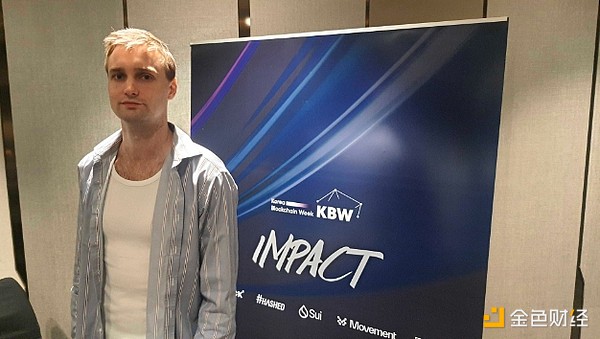Author: Jesse Coghlan, CoinTelegraph; Compiler: Wuzhu, Golden Finance
Decentralized finance (DeFi) protocol Sky’s new crypto stablecoin may have a decentralized court-style appeals process as part of its freeze function — if the feature goes live, its co-founder said.
Sky co-founder and former Maker founder Rune Christensen noted that it is possible to “design a freeze function that is more decentralized than a centralized stablecoin.”
The protocol’s stablecoin USDS (a rebrand of its Dai stablecoin) was heavily criticized online by DeFi experts last month for a feature that allowed the freezing of tokens.
Christensen clarified last month that USDS would not have a freeze feature at launch, but that it could be upgraded if the governance body decides to add it.
If the feature does go live, he noted that users whose USDS have been frozen could “leverage the power of decentralized governance to ensure that things like due process” are done transparently.
“One of the things that I think is interesting is the appeals process, which actually gives everyone the right through decentralized governance and gets transparent reasons why an unfreeze was not allowed.”
Christensen believes that the Sky protocol can “make objective judgments about objective decisions” using rules for how the system should operate.
He said it’s “impossible to know” when or if the USDS freezing feature will go live — but it will require “very careful legal, political and regulatory analysis, and obviously a very thorough design process by decentralized Sky governance.”
USDS can be transferred between blockchains via Skylink
USDS and the Sky protocol will also subsequently work across many blockchains via a protocol called Skylink, which Christensen said is designed to “meet users where they are.”
“Almost the full set of native functionality will be available natively on the target chain wherever Skylink is deployed,” he said.

Rune Christensen attends the Korea Blockchain Week conference in Seoul. Source: Cointelegraph
These include a native version of USDS and its features (rather than a "temporary separate solution" like DAI), as well as the Sky protocol and its features.
Christensen said that Skylink can be deployed on "many different blockchains," including both layer 1 and layer 2 networks.
“Multichain is essential if you want to get those marginal users who use the chain they’re on,” he said. “If there are valuable users out there, the only way to get them is to expand.”
Christensen added that crypto has long been dominated by “a ‘build it and they will come’ mentality” — which “is not the way the world works anymore.”
“In crypto, right now you have to really fight for users. So you have to do everything you can to make it easy and approachable.”
Christensen said Skylink’s launch will come “a few months” after Sky’s launch on September 18.
 Wilfred
Wilfred







